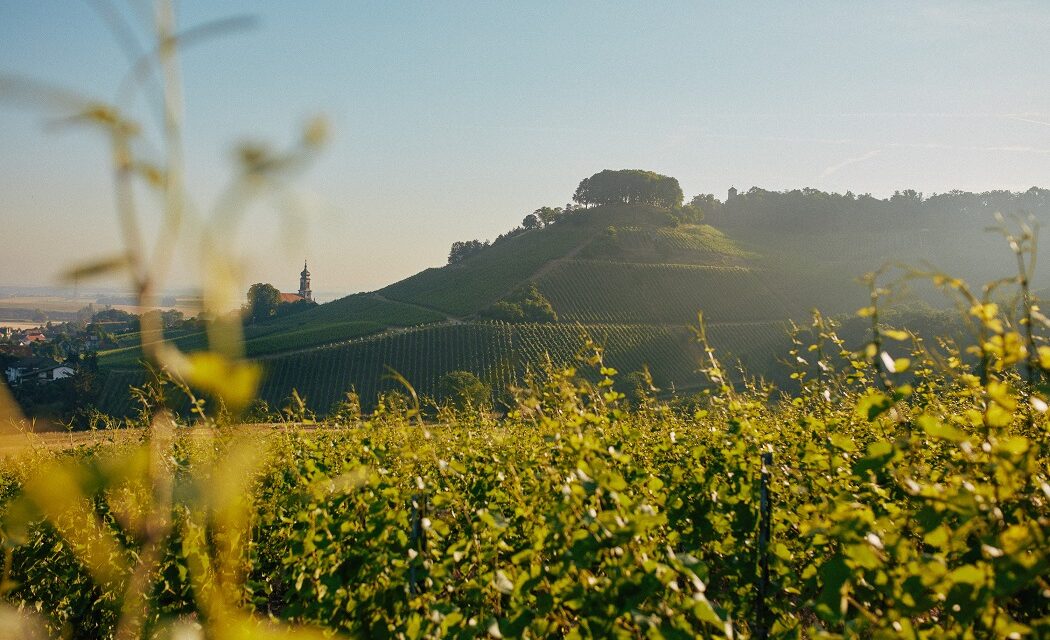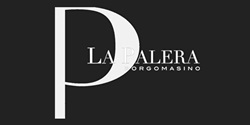An analysis of the German wine industry’s performance, market trends, and future prospects
MAINZ – The 2022 wine business year presented both positive developments and challenges for VDP (Verband Deutscher Prädikatsweingüter). Despite the challenges brought on by the pandemic and geopolitical factors, the demand for regional German wines, particularly sparkling wines and VDP.GROSSE LAGE® classification wines, continued to grow. With distribution channels normalizing, VDP winegrowers have adapted to new market realities.
However, the industry faced issues such as delivery difficulties, cost increases in all areas of production, and labor shortages. The inability to pass on these additional costs in the form of price increases puts pressure on wineries, necessitating a price adjustment in the medium term.
The 2022 vintage was characterized by a sunny summer and challenging weather conditions. Despite a warm spring and rapid vine development, droughts and late rainfall in autumn made harvests a race against time. Thanks to the expertise of VDP winegrowers, healthy and ripe grape material was harvested, resulting in wines with remarkable complexity, fruitiness, optimal acidity levels, and strong aromas.
The economic data shows that domestic sales of VDP wines in Germany decreased by 6% in 2022, while exports increased by 6%, returning to pre-pandemic levels. Gastronomy and specialized trade remain important for VDP winegrowers, with stable sales figures of 26%.
Exports played a significant role in the recovery of the VDP wine industry in 2022, with 27% of VDP wines enjoying popularity abroad. Top export markets included Scandinavia, the USA, the Netherlands, Belgium, and Switzerland, while emerging markets like Israel, Italy, Canada, Mexico, Poland, the Czech Republic, and Slovakia showed potential for future growth.
VDP wineries will likely need to adjust prices in 2023 to meet the challenges of cost development. Steffen Christmann, President of the VDP, states, “We are grateful that even in difficult times, our craftsmanship is valued and that our terroir-driven wines are in high demand. Nevertheless, we are concerned about the overall economic situation, especially in German viticulture as a whole.”
“Prädikat” is a German term used in wine classification, specifically within the German and Austrian wine law. It refers to a quality category based on the ripeness level and sugar content of the grapes at the time of harvest. Prädikat wines are considered higher quality wines and are often associated with late harvest, dessert wines, or wines made from specially selected grapes.
There are six different levels of Prädikat, in ascending order of ripeness and sweetness:
- Kabinett: Light and delicate wines, typically made from grapes harvested at normal ripeness levels.
- Spätlese: Meaning “late harvest,” these wines are made from grapes harvested later, resulting in higher sugar content and more intense flavors.
- Auslese: Made from specially selected, very ripe grapes, these wines are rich and sweet, often used for dessert wines.
- Beerenauslese: Produced from individually picked, overripe grapes affected by noble rot (Botrytis cinerea), which concentrates the sugar content and adds complexity to the wine.
- Trockenbeerenauslese: Made from individually picked, shriveled grapes that have been left on the vine to dry, these wines are intensely sweet and concentrated.
- Eiswein: Produced from grapes that have been left on the vine until they freeze, this wine has a high sugar concentration and a unique, concentrated flavor.
The Prädikat classification system aims to ensure the quality and consistency of German and Austrian wines by providing information about the ripeness and sugar content of the grapes used in their production.










